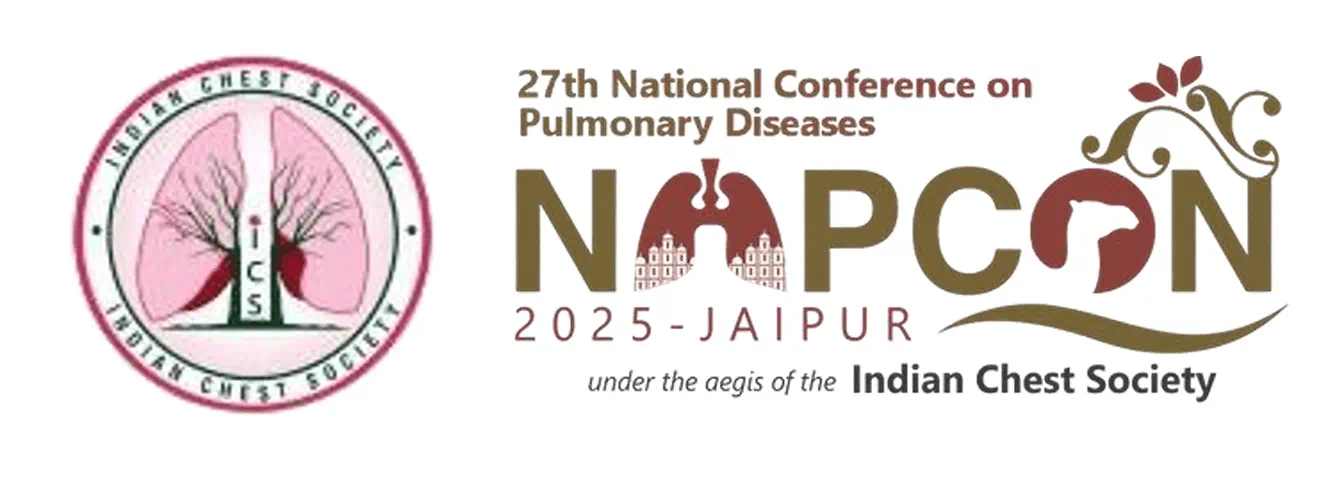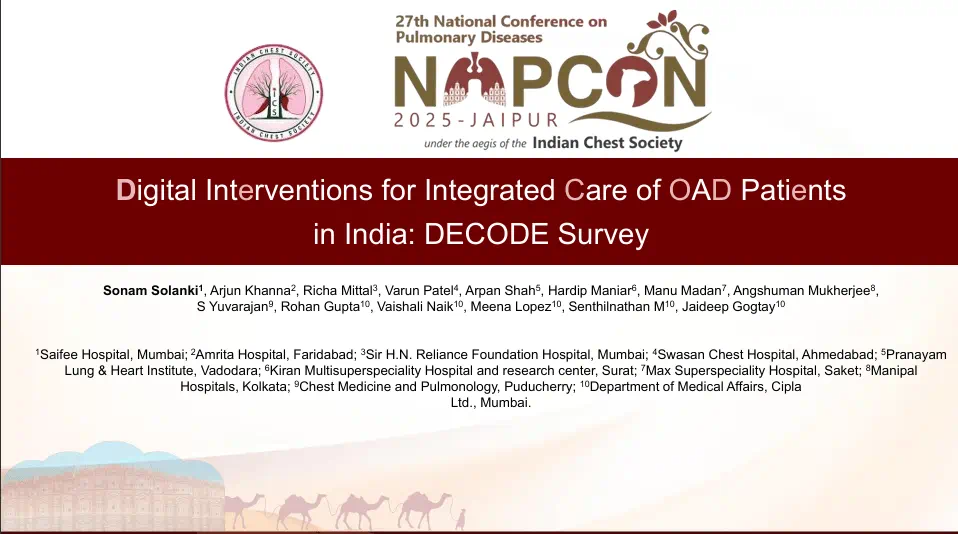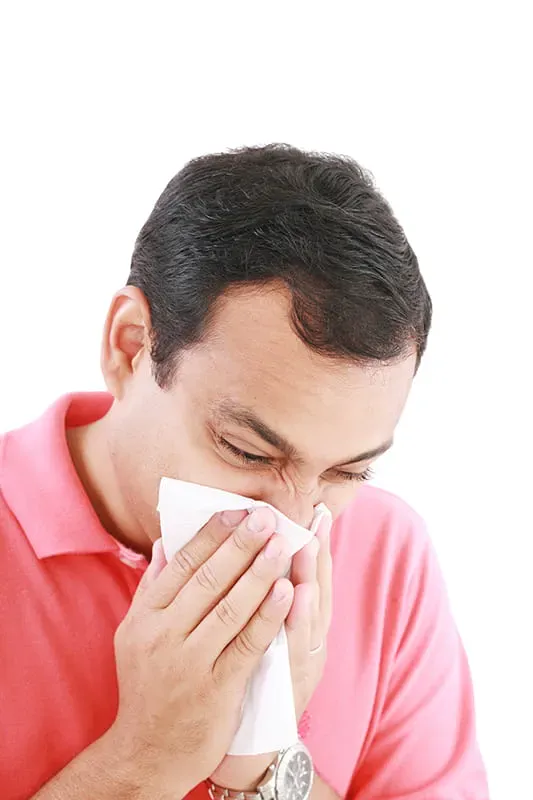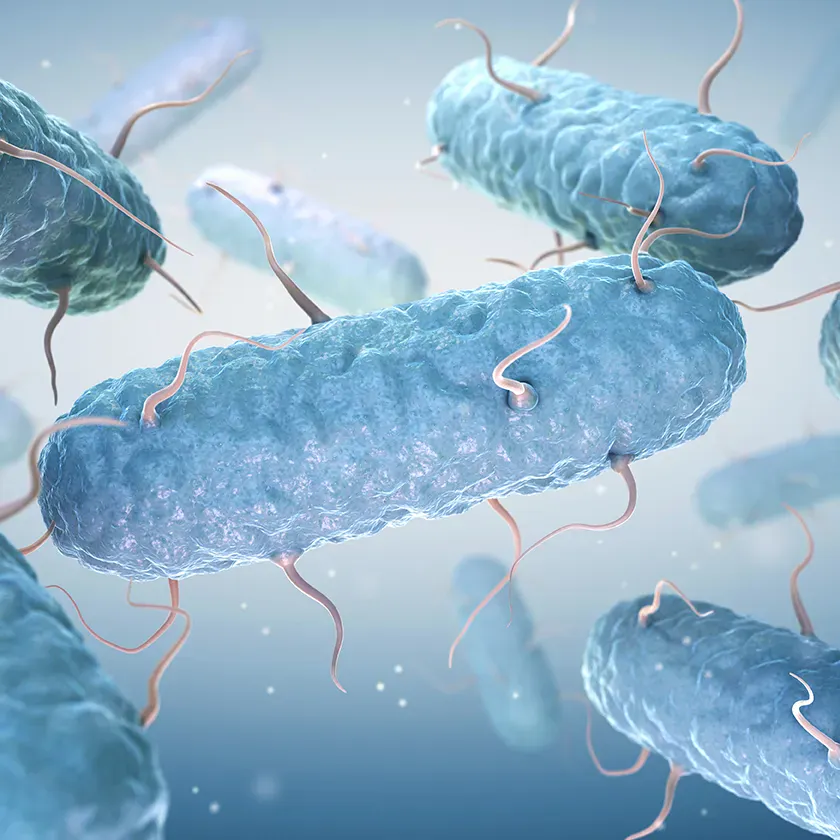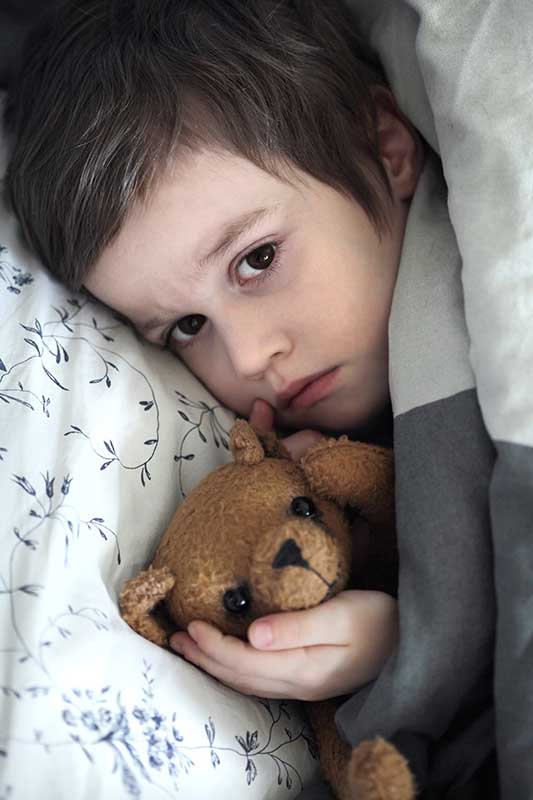Efficacy and Safety of 5% Minoxidil Foam Once Daily Vs 2% Minoxidil Solution Twice Daily in AGA
Introduction
Minoxidil topical solution is the only approved topical medication for increasing hair density in women with androgenetic alopecia (AGA). In several countries all over the world, either 2% or up to 5% Minoxidil topical solution (MTS) has an approval for use in women.
Aim
To compare the efficacy, safety, and acceptability of once daily 5% minoxidil topical foam (MTF) with twice-daily 2% MTS in women with androgenetic alopecia
Patient Profile
Women with androgenetic alopecia
Methods
-
Randomized, phase III study, 2-arm comparative study
-
N=113 women with androgenetic alopecia were randomized to 24 weeks
-
n=56, 5% MTF ((50 mg of minoxidil per day)
-
n=57, 2% MTS (40 mg of minoxidil per day)
Study Endpoints
-
Primary efficacy: Change from baseline in nonvellus target area hair count at week 24
-
Secondary efficacy: Change in nonvellus target area hair width, overall efficacy by global photographic review as assessed by treatment-blinded evaluators and the subject herself, adverse events, and participants’ assessment of product aesthetics
Results
-
5% MTF was noninferior to 2% minoxidil topical solution for promoting hair growth and increasing hair width
-
Mean increase in hair count by 16.2% and 13.8% in women randomized to 5% MTF and 2% MTS
Figure 1: Change in Nonvellus target area hair count (TAHC) from baseline
-
Mean increase in hair density was 13.8% in 5% MTF and 17.8% in 2% MTS
Figure 2: Change in Nonvellus target area hair width (TAHW) from baseline
-
Hair volume increased from baseline through week 24 in 67.7% of patients in the 5% MTF group compared with 56.1% of participants in the 2% MTS group
-
Participant questionnaires results showed that at the end of the study,
-
73.2% of participants randomized to 5% MTF reported an increase in hair volume compared with 80.7% of participants randomized to 2% MTS
-
Overall, participants tended to rate the efficacy of both treatments somewhat higher in comparison with the investigators’ ratings
-
5% MTF was significantly superior to 2% MTS in participants’ agreement with ‘the treatment does not interfere with styling my hair’ (P = .002) participants randomized to 5% MTF, 46.4% strongly agreed with the statement compared with 19.3% of participants randomized to 2% MTS
-
Women randomized to 5% MTF experienced significantly lower rates of local intolerance (P = .046) especially in pruritus and dandruff compared with 2% MTS
Conclusion
-
Once-daily 5% MTF demonstrated noninferiority and was effective for stimulating hair growth as twice-daily 2% MTS in women with androgenetic alopecia
-
5% MTF was well tolerated, with rates of pruritus and dandruff significantly lower than for 2% minoxidil topical solution
-
Once-daily 5% MTF offers advantages over twice-daily 2% MTS with respect to convenience of use, improved compliance, and better product acceptability.
Reference
J Am Acad Dermatol. 2011; 65; 6: 1126-1134.e2


